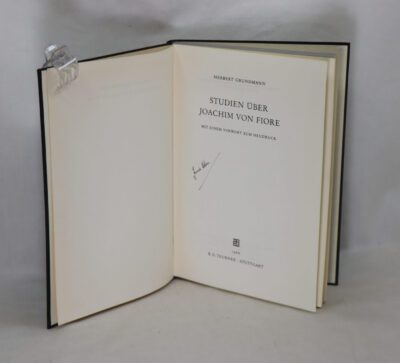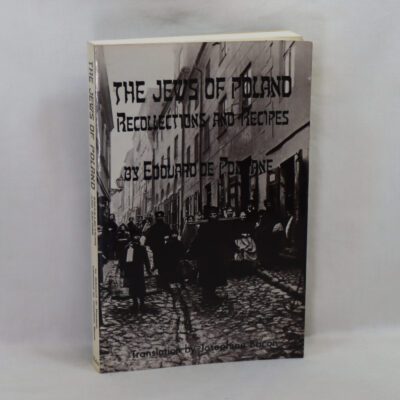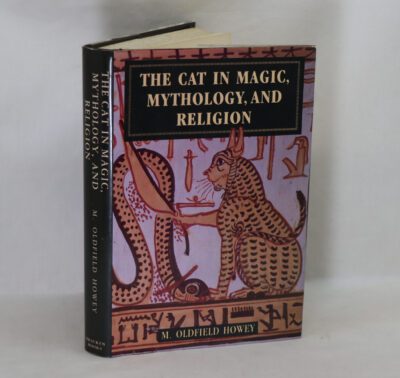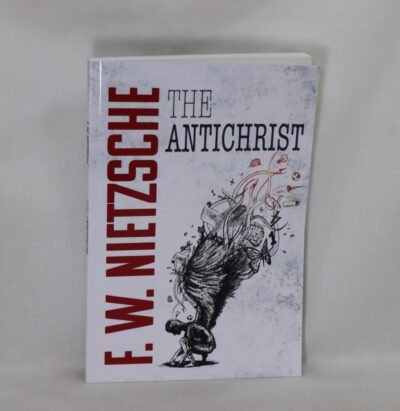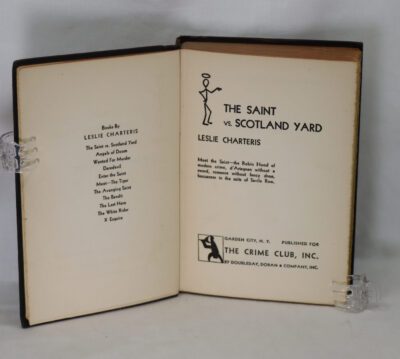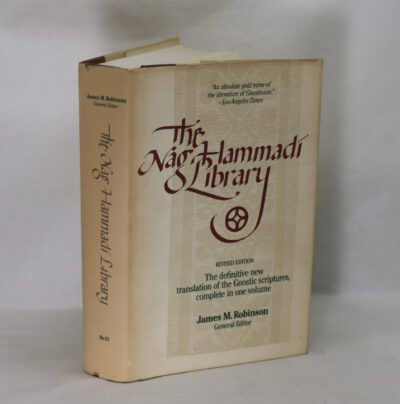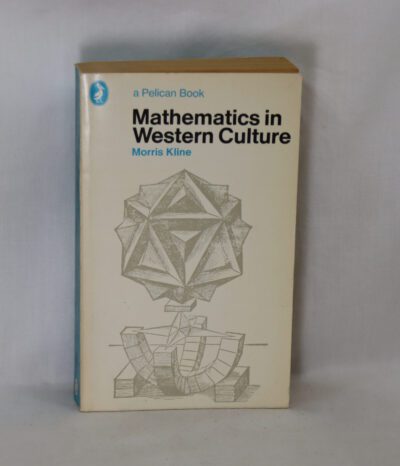The Forge and the Crucible. The Origins and Structures of Alchemy.
By Mircea Eliade
ISBN: 9780226203904
Printed: 1971
Publisher: Harper Torchbooks. New York.
| Dimensions | 11 × 18 × 1 cm |
|---|---|
| Language |
Language: English
Size (cminches): 11 x 18 x 1
Condition: Fair (See explanation of ratings)
Item information
Description
Paperback. Black title on the cream cover.
We provide an in-depth photographic presentation of this item to stimulate your feeling and touch. More traditional book descriptions are immediately available
-
Note: This book carries a £5.00 discount to those that subscribe to the F.B.A. mailing list
For conditions, please view the photographs. This is becoming a scarce book which promotes a different perspective to alchemy – well worth the read!
Primitive man’s discovery of the ability to change matter from one state to another brought about a profound change in spiritual behavior. In The Forge and the Crucible, Mircea Eliade follows the ritualistic adventures of these ancient societies, adventures rooted in the people’s awareness of an awesome new power. Note: the new edition of The Forge and the Crucible contains an updated appendix, in which Eliade lists works on Chinese alchemy published in the past few years. He also discusses the importance of alchemy in Newton’s scientific evolution.
Review: As with his book on Shamanism this is a groundbreaking work by the historian of religions Mircea Eliade (1907–86), showing how alchemy originated in the myths and rituals of smith-craft and paved the way for the modern myth of progress. Eliade had first explored the subject in the mid-Thirties, by which time he had encountered the Traditionalist perspective of Julius Evola (who saw alchemy as a ‘royal art’ of spiritual transformation); but, by the time Eliade wrote his definitive work (originally published in French in 1956 as Forgerons et Alchimistes), he had also encountered the alchemical studies of Carl Jung, the founder of the school of analytical psychology; and had begun lecturing at Eranos, thus contributing to those multi-disciplinary conferences held annually in Switzerland where the encounter between East and West was explored in the light of Jung’s insights into the relationship between psyche and culture. Jung’s own researches into western alchemy, first presented at Eranos, led him to see it as an attempt to continue the redemptive work of the Incarnation: where Christianity redeems man, alchemy redeems nature, paradoxically, by working against it (opus contra naturam) in order to release the spirit trapped in matter. Jung’s therapeutic method seeks to achieve the same thing for modern humanity for what we have witnessed, as alchemy gave way to modern chemistry, is not the liberation of the human spirit, but the de-sacralisation of nature and, with it, human existence.
Following Evola and Jung, Eliade argues that alchemy is not a primitive and superstitious form of chemistry but rather that chemistry is a profane form of alchemy: “From the alchemist’s point of view, chemistry represented a ‘Fall’ because it meant the secularization of a sacred science.” But when the opus, the Great Work itself, is secularised, it carries in its wake all human labour, now stripped of “the liturgical dimension which in other societies made work bearable” and leaves us with “the tragic awareness of the vanity of all human existence.” Here Eliade restores its religious dimension to William Morris’ distinction between useful work and useless toil: “The secularization of work is like an open wound in the body of modern society”, an outward sign of “the spiritual crisis of the modern world” which erupts when “the demiurgic dreams” of metallurgists and smiths and the “millenary” dreams of the alchemists are subsumed into the profane “myth of infinite progress”; against which, I would suggest, a fanatical religious fundamentalism seems an almost inevitable reaction.
Mircea Eliade (1907-1986) was the Sewell L. Avery Distinguished Service Professor at the Divinity School and professor in the Committee on Social Thought at the University of Chicago. He was one of the most influential scholars of religion of the 20th century and one of the world’s foremost interpreters of religious symbolism and myth. Eliade was the author of many works of scholarship and fiction, including A History of Religious Ideas and ten novels.
Want to know more about this item?

Share this Page with a friend



